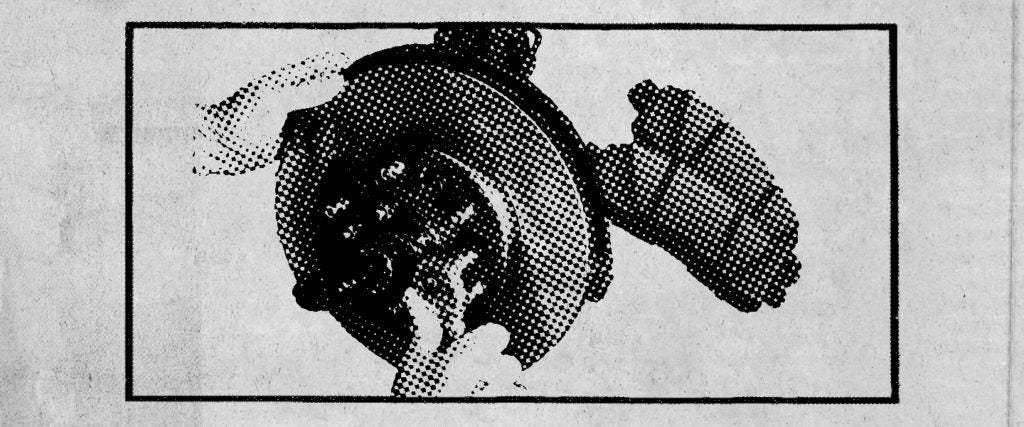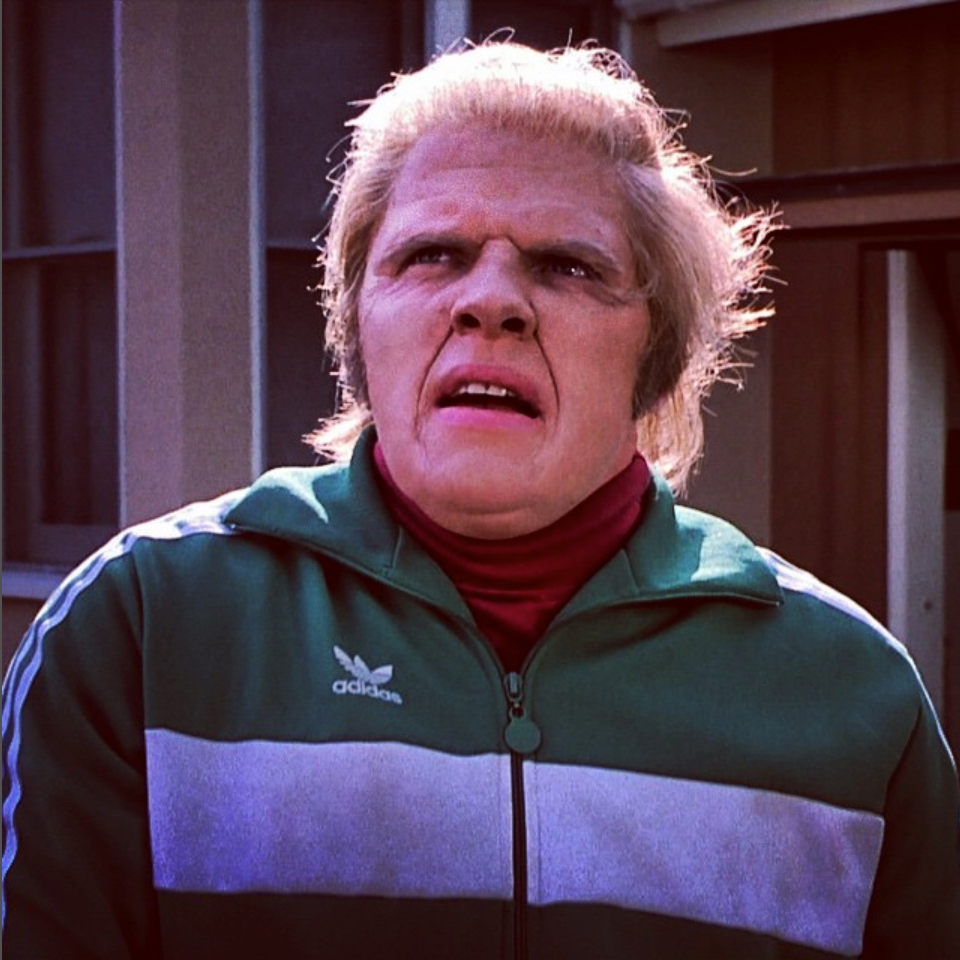If the modern automobile had a status on Facebook, it would undoubtedly be “It’s complicated.” With their computer-controlled fuel-injection systems, continuously variable transmissions and three-phase four-pole AC induction motors, the days when every Tom, Dick or Harry could wrench on their ride seem long gone. So let us help — especially with the seemingly mundane stuff that if not done properly, your dad and/or his favorite mechanic vowed would ruin your car forever. Because when it comes to cars — and this column — no question is too dumb.
I bought a used car about five years ago, and in the time since, I’ve never changed the brakes. There are no readily apparent signs that they need to be replaced, but I’m starting to wonder whether I’m just missing those signs. How can I be sure?
Brakes — out of sight, out of mind. Never mind that, if your brakes go, your car probably goes along with it. Let alone what happens to your body if you happen to be headed downhill in a car with no brakes at high speed. Amirite?
Thankfully, we’re not going to let things get that far, because there are obvious (or maybe not-so-obvious?) things you can look for with your brakes that will help determine whether they’re a car ride away from failing or perfectly A-okay.
The big one is likely the sign you’re probably already on the hunt for — a loud screeching or squealing noise. Have you ever been sitting at a red light and hear something coming from the car pulling up next to you that sounds like a combination of an animal dying a slow, painful death, and a balloon steadily leaking air? Dem’s the brakes, as they (sorta) say.
More specifically, that sound is entirely purposeful, in that it comes from a little metal tab positioned to rub on your rotor whenever your brake pad has worn down to the nubs, alerting you know before it’s too late that it’s time for a change.
Then again, not every manufacturer uses such a wear sensor, so sometimes it’s good to understand where to look visually to determine whether your brakes need to be changed. If you’ve driven, let’s say 50,000 miles and you don’t hear any squealing, try to sneak a peak through the wheel at your pads, which should be sitting on the brake rotors.
Do they look more than a quarter-inch thick? If so, you’re okay — for now. Anything less than a quarter-inch and you’ll for sure want to bring your car in for a more thorough check-up. If they’re less than 3 millimeters thick, they’ll need to be changed ASAP (for comparison, perfectly healthy brake pads are at least 8 millimeters in thickness).
If you’ve ignored any high-pitched squealing and/or haven’t visually checked your brakes since the Obama administration, you might be driving on brakes in which the pads have completely worn away. As such, you might feel a vibration when you brake, coupled with a wholly unnatural growl or grinding noise. That’s… not good. In fact, it’s an indication that you’re using your calipers as brake pads. Drive to your nearest service center immediately.
Unfortunately, we’re not all Click and Clack, the Tappet Brothers, and sometimes, we don’t just miss some signs that our brakes are failing, we miss all of them. In that case — and the case that you find yourself driving along with little or no braking power — don’t panic. Or better put, don’t panic to such a degree that you accidentally jerk the wheel into a bridge abutment.
You should, though, pump your brakes. Because when you lose your brakes, you’ll typically lose some — read: not all — of your braking power. Thus, pumping them will build up friction and help what little brake is left, slow the car down. If you can get the car stopped at this point, great; if not, you can attempt to put it in a lower gear (provided you have lower gears), or pull/press the parking brake.
But yeah, if you can, avoid all of that, and occasionally check your brakes. You’ll thank yourself when you drive past the runaway truck ramp, not up it.


